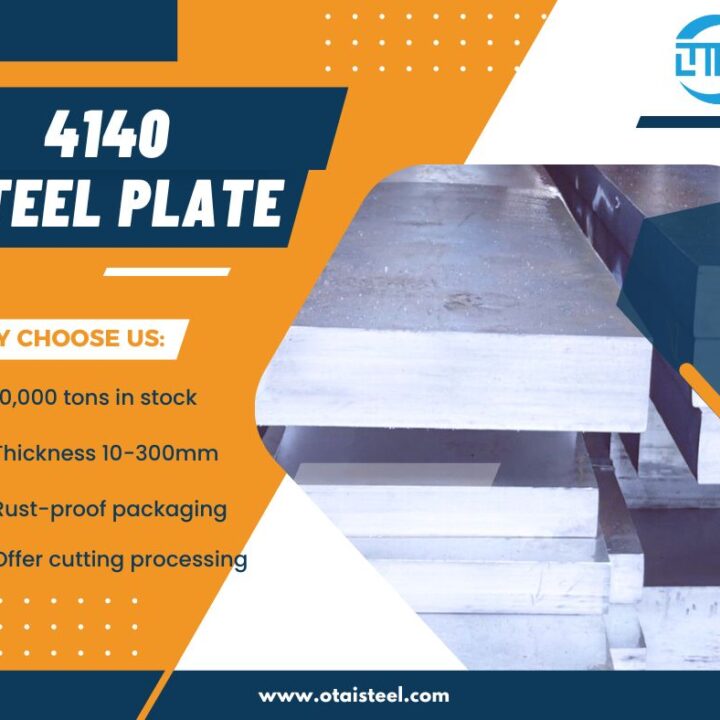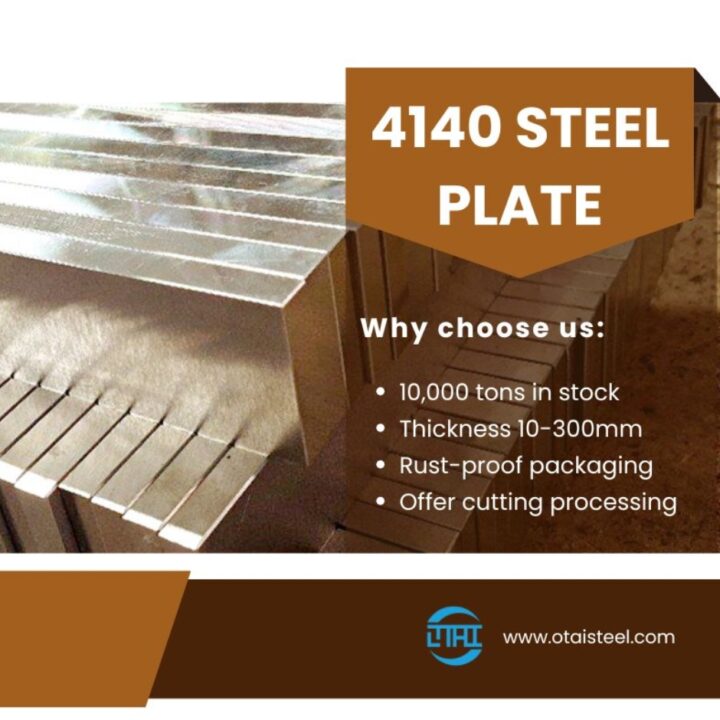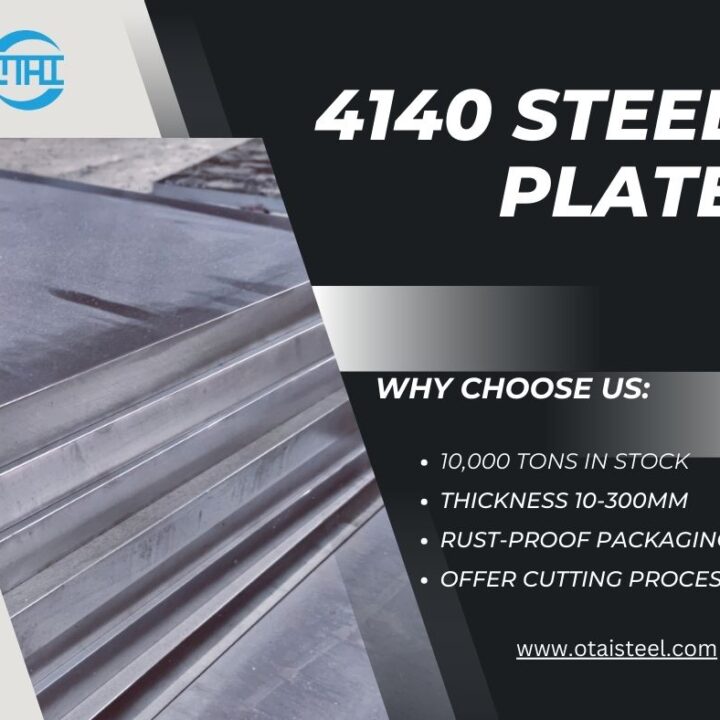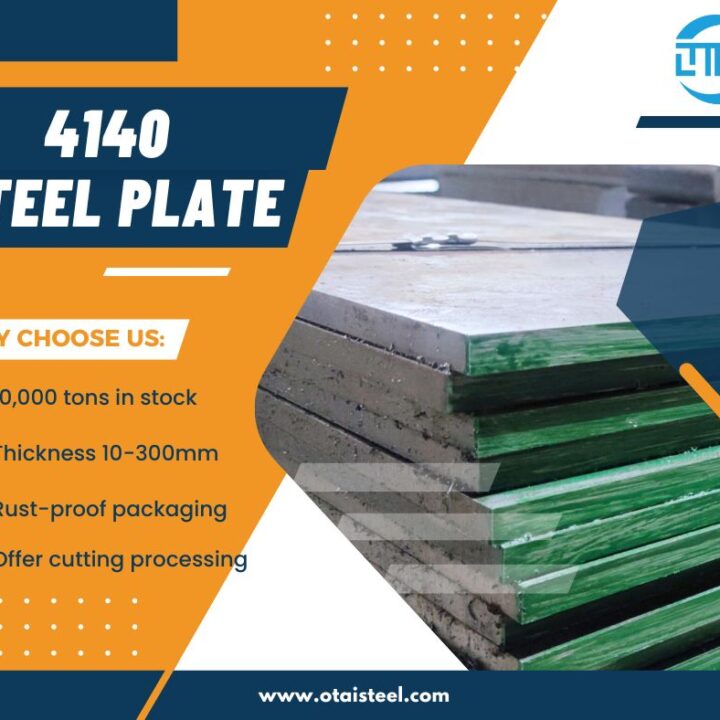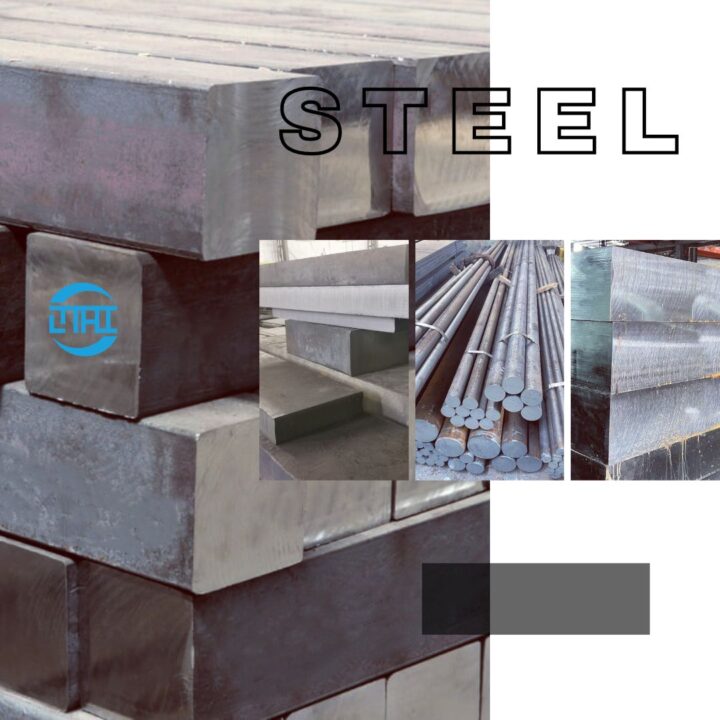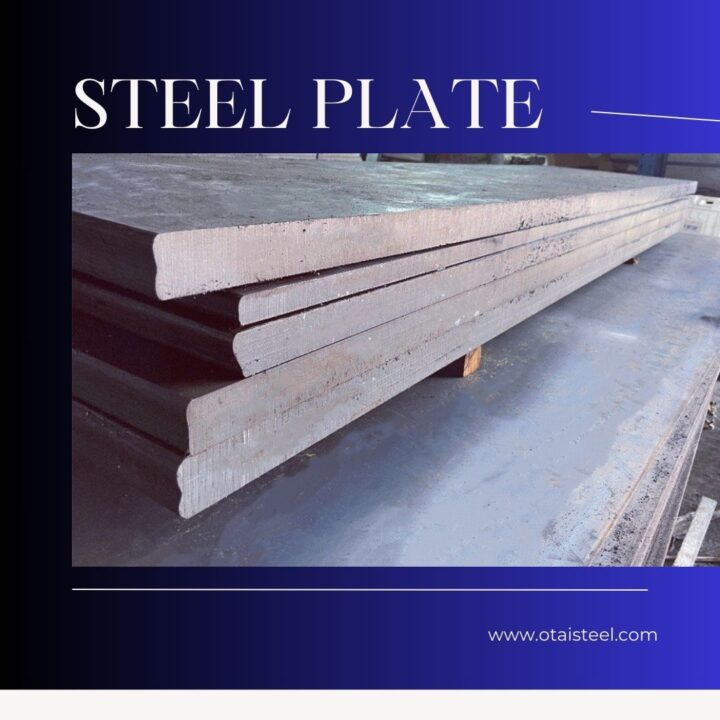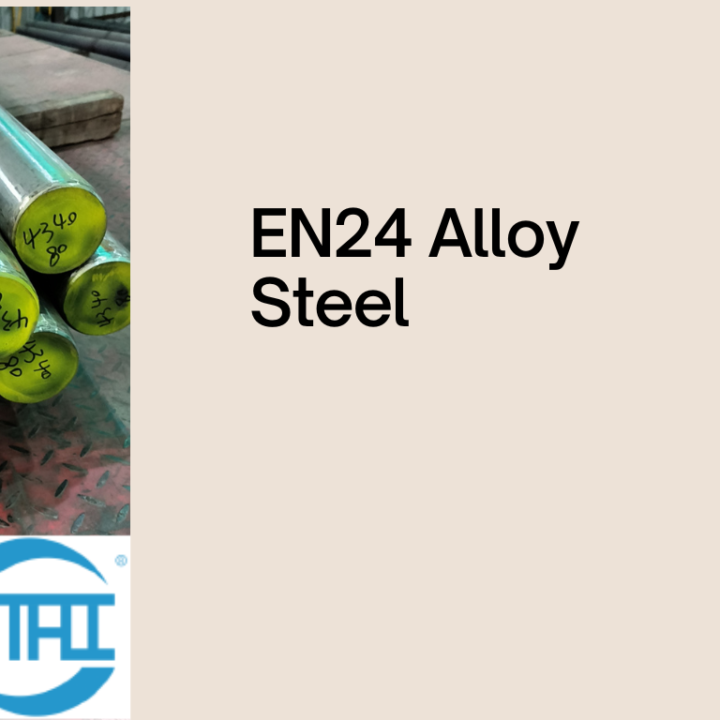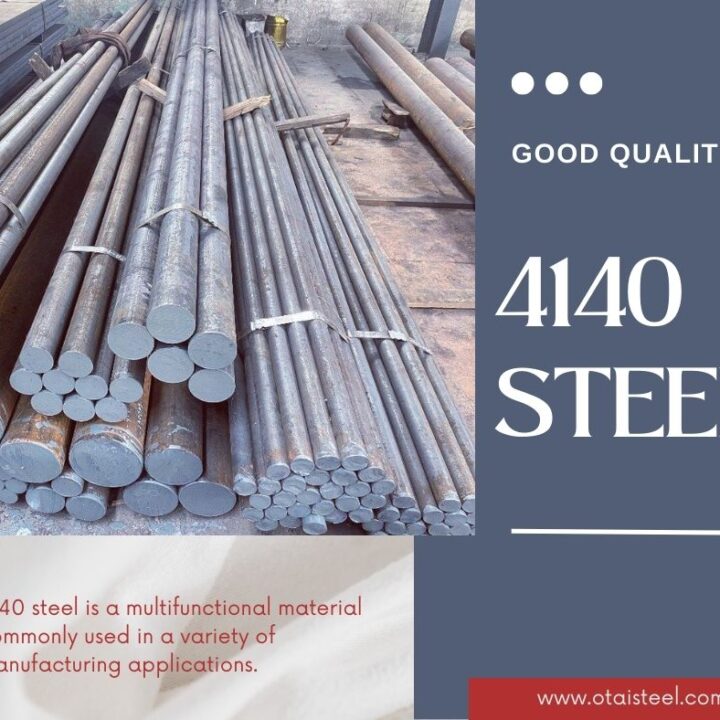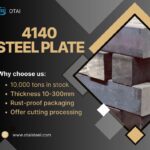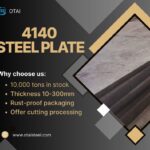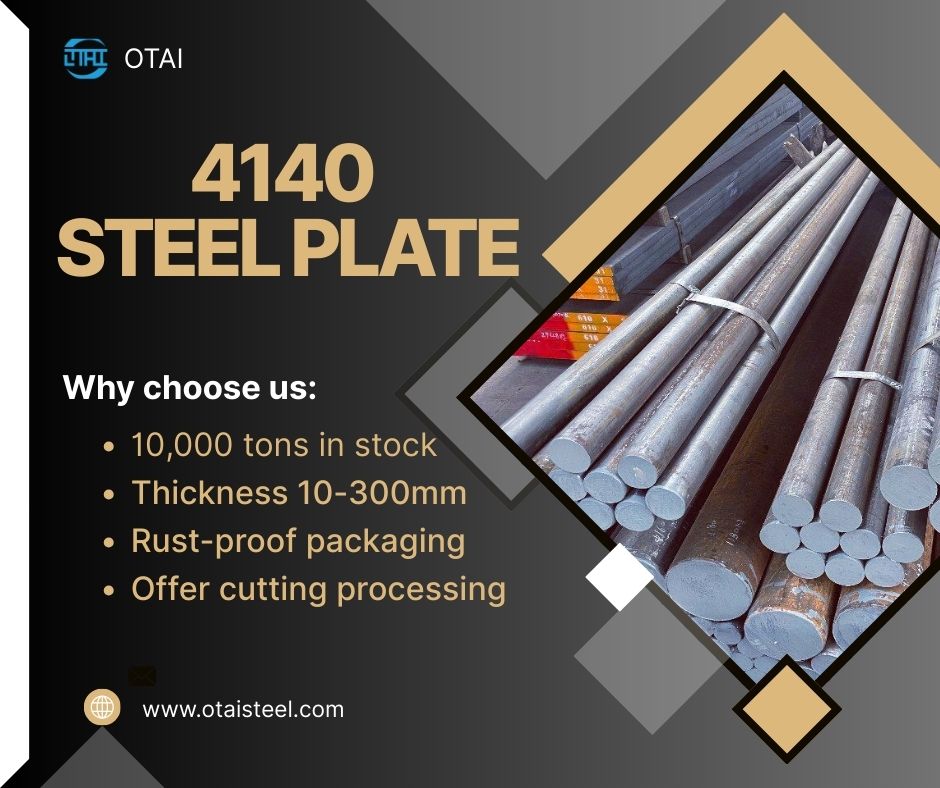 Case Hardening 4140 Steel – Processes, Parameters, and Applications
Case Hardening 4140 Steel – Processes, Parameters, and Applications
Among alloy steels, 4140 stands out for its strength, toughness, and wear resistance. But when a part requires a hard, wear-resistant surface combined with a tough, ductile core, engineers turn to case hardening 4140 steel. This process creates an excellent balance between surface hardness and core toughness, making 4140 suitable for critical components under high stress.
In this article, we’ll explore the 4140 steel case hardening process, recommended temperatures, case depth, and applications in modern industry.
🌟 What is Case Hardening in 4140 Steel?
Case hardening 4140 steel involves enriching the outer layer of the steel with carbon or nitrogen and then heat treating it. The goal is to produce a hard and wear-resistant surface (the “case”) while preserving the toughness of the inner core.
4140 steel, a chromium-molybdenum alloy with 0.38–0.43% carbon, responds well to both carburizing and nitriding due to its balanced composition.
⚙️ How Case Hardening Works
The process relies on diffusion of carbon or nitrogen into the surface of the steel:
-
Carburizing – Carbon atoms diffuse into the steel surface at high temperatures, increasing surface hardness.
-
Nitriding – Nitrogen diffuses into the steel at lower temperatures, forming hard nitrides with chromium and molybdenum.
-
Carbonitriding – A combination of carbon and nitrogen diffusion, offering enhanced case properties.
These methods give engineers options depending on the required hardness, case depth, and operating environment.
🔬 The Case Hardening Process for 4140 Steel
The 4140 steel case hardening process typically includes:
-
Pre-heat treatment – Stress-relieving or normalizing before case hardening ensures dimensional stability.
-
Carburizing or nitriding cycle – Heating to the correct case hardening temperature for 4140 steel (explained below).
-
Quenching – For carburized steel, quenching locks in hardness.
-
Tempering – Adjusts brittleness and improves toughness.
🌡️ Case Hardening Temperature for 4140 Steel
The correct temperature is critical for achieving the desired case depth in 4140 steel.
| Method | Temperature Range (°C) | Temperature Range (°F) | Typical Case Depth | Surface Hardness |
|---|---|---|---|---|
| Carburizing | 880–950 °C | 1615–1740 °F | 0.5–2.0 mm | 58–62 HRC |
| Nitriding | 500–550 °C | 930–1020 °F | 0.2–0.7 mm | 55–60 HRC |
| Carbonitriding | 700–900 °C | 1290–1650 °F | 0.3–1.0 mm | 58–62 HRC |
🔄 4140 Steel Nitriding vs Carburizing
Choosing between 4140 steel nitriding vs carburizing depends on the application:
-
Carburizing produces deeper cases and extremely hard surfaces, ideal for gears and shafts.
-
Nitriding offers superior dimensional stability since it occurs at lower temperatures without quenching. Perfect for precision parts.
-
Carbonitriding provides a balance, with shorter cycles and improved wear resistance.
📊 Benefits of Case Hardening 4140 Steel
The benefits of case hardening 4140 steel include:
-
Improved Wear Resistance – Hard surface reduces abrasion and galling.
-
Extended Fatigue Life – Case layer resists crack initiation under cyclic loads.
-
Dimensional Stability – Especially in nitrided components.
-
Dual Properties – Tough inner core absorbs shock and prevents brittle failure.
-
Customizable Hardness – Engineers can tailor case depth and hardness for specific needs.
🛠️ Industrial Applications
Industrial applications of case hardened 4140 steel cover high-stress components where strength and wear resistance are critical:
-
Automotive: transmission gears, camshafts, crankshafts.
-
Oil and Gas: drill collars, tool joints, downhole equipment.
-
Aerospace: landing gear, actuators, pins.
-
Heavy Machinery: shafts, spindles, couplings, dies.
Each application benefits from the combination of a wear-resistant shell and a strong, ductile core.
📌 Example Comparison Table – Properties Before and After Case Hardening
| Property | Annealed 4140 | Case Hardened 4140 |
|---|---|---|
| Surface Hardness | ~197 HB | 55–62 HRC |
| Core Toughness | High | High |
| Wear Resistance | Moderate | Excellent |
| Fatigue Strength | Good | Excellent |
🌍 Company Advantages – Why Choose Otai Special Steel?
At Otai Special Steel, we supply high-quality 4140 steel in plate, bar, and forged shapes, optimized for case hardening processes.
-
🏭 Large Inventory – Over 10,000 tons of alloy steels in stock.
-
📐 Processing Services – Custom cutting, heat treatment, and pre-machining.
-
🔍 Strict Quality Control – Ultrasonic testing, chemical analysis, and third-party inspection.
-
🌐 Global Reach – Exporting to more than 50 countries.
-
💰 Cost Advantage – Competitive pricing without sacrificing quality.
❓ FAQ
Q1: What is the ideal case depth for 4140 steel?
A: It depends on the application, but typically ranges from 0.5 mm to 2.0 mm for carburizing and 0.2 mm to 0.7 mm for nitriding.
Q2: Can 4140 steel be both carburized and nitrided?
A: Yes. Carburizing creates a deep hard case, while nitriding improves wear resistance with less distortion.
Q3: What hardness can 4140 steel reach after case hardening?
A: Typically 55–62 HRC, depending on process and parameters.
Q4: Is pre-heat treatment necessary before case hardening?
A: Yes, stress relief or normalizing improves dimensional control and reduces the risk of warping.
Q5: What industries use case hardened 4140 steel most?
A: Automotive, aerospace, oil & gas, and heavy machinery manufacturing.

